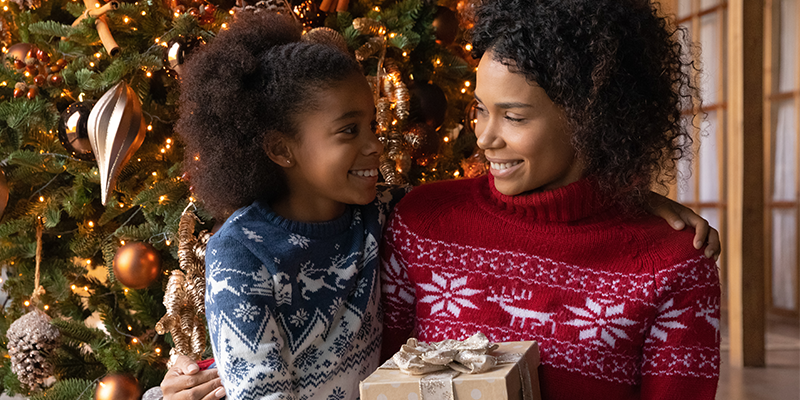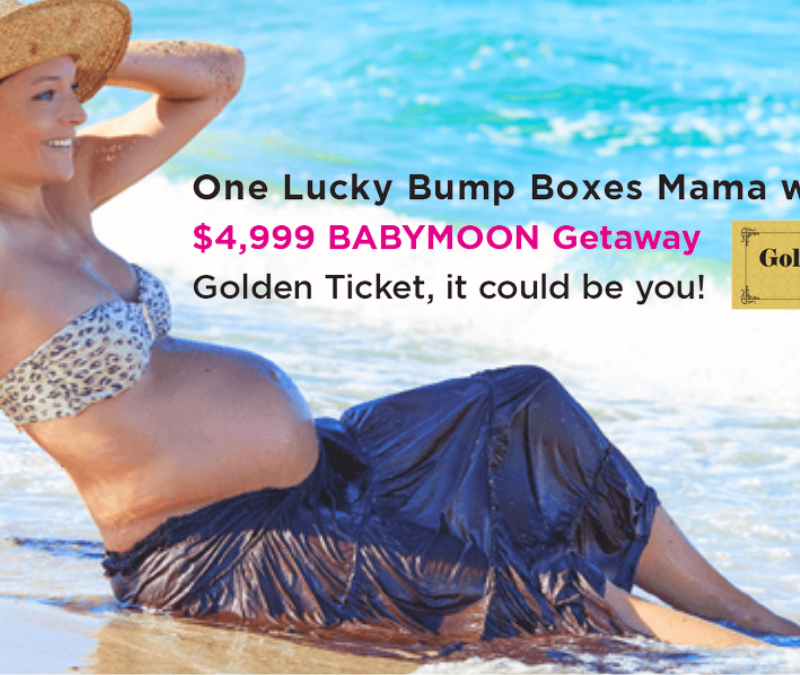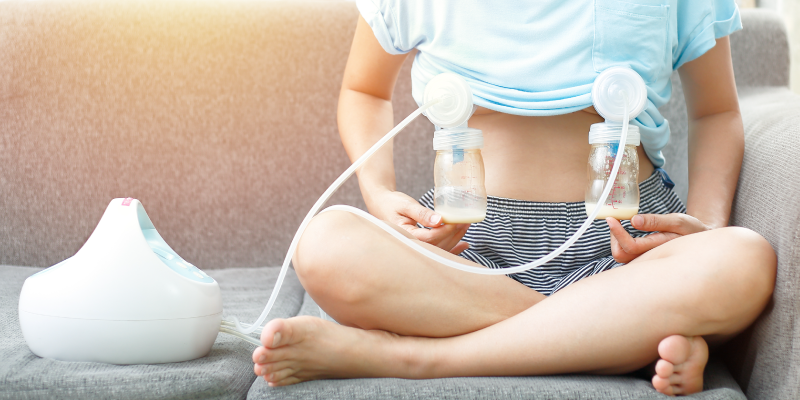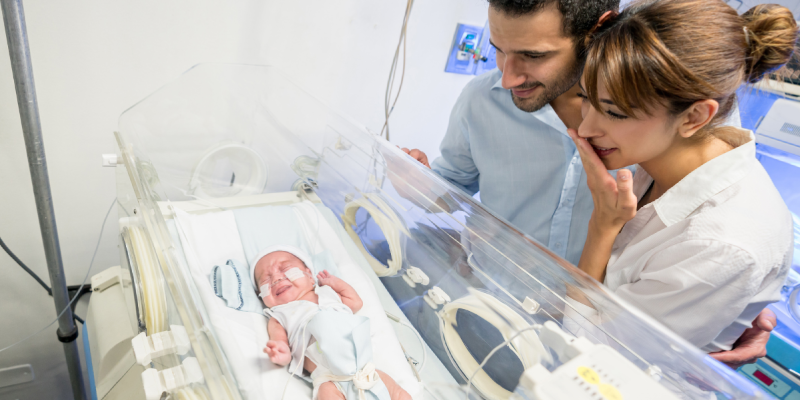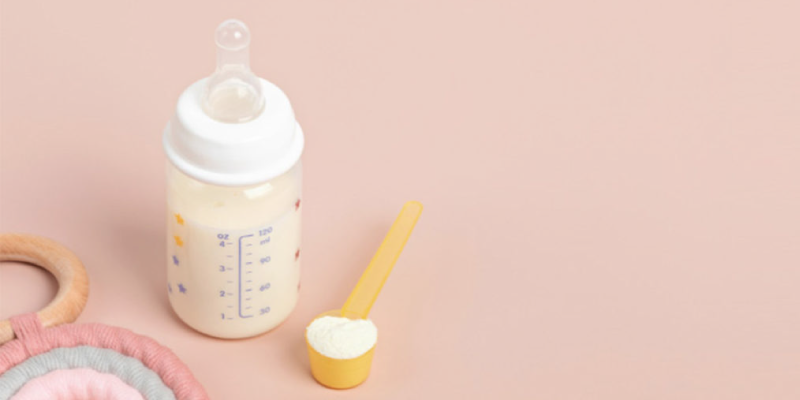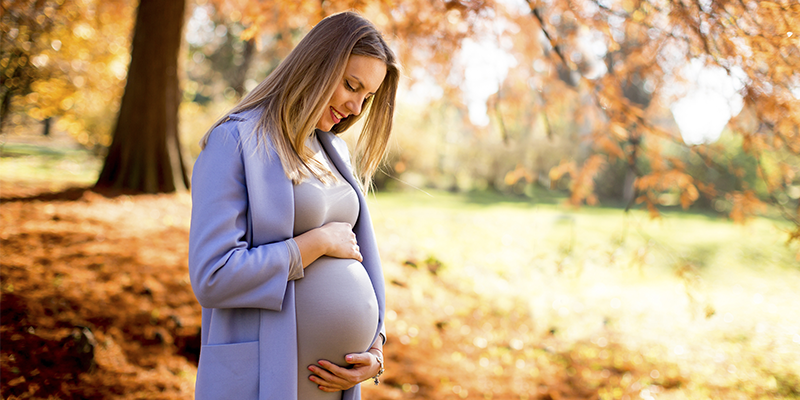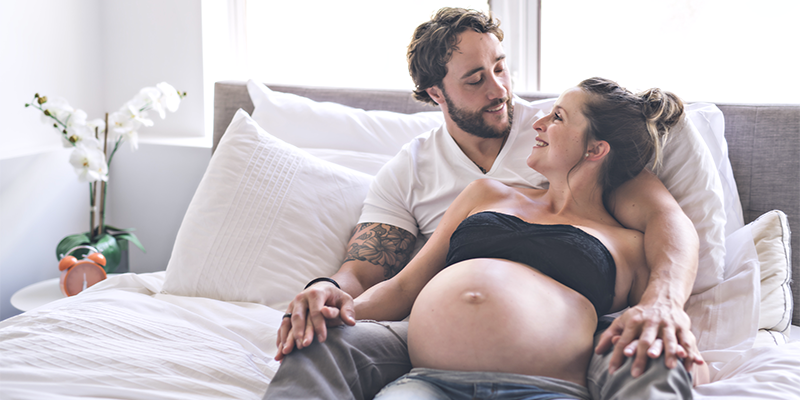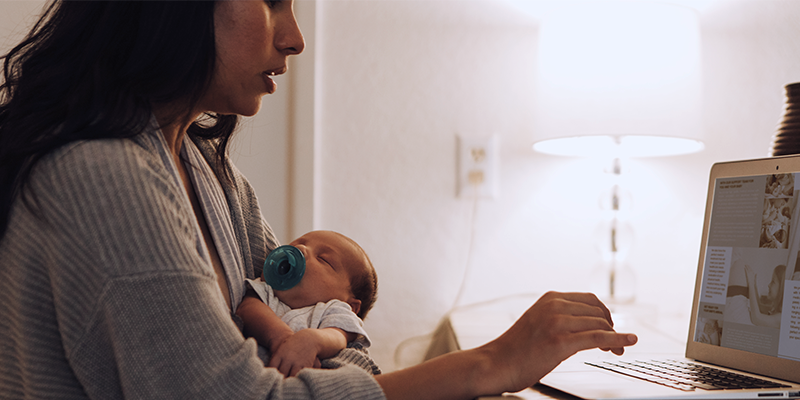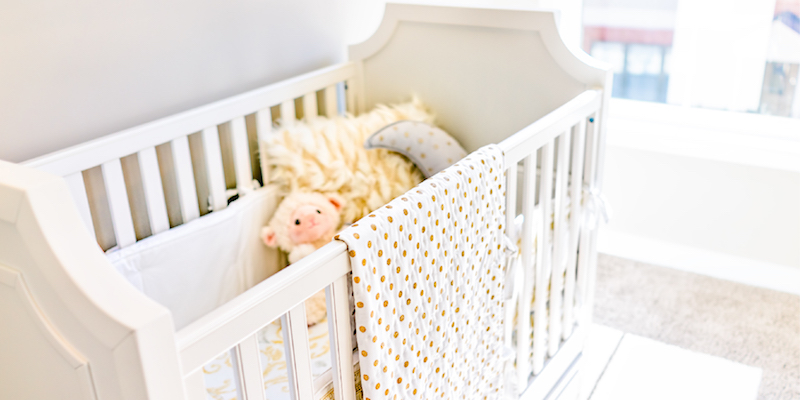How to Choose the Perfect Crib for Your Baby
Getting the nursery ready is one of the most exciting parts of pregnancy! It can make your little one’s arrival feel more real and prepares your home just for baby. This will be the space where you spend most of your time with your little one — where you’ll read to her, snuggle her, feed her and watch her sleep, so it makes sense that you’d want the nursery to be perfect. And that includes choosing the crib. With all of the options and variations, it can be a little overwhelming to choose the crib that works best for you, your home and your baby — that’s why we’re breaking it down for you!
Keep It Safe!
The most important thing to keep in mind when crib shopping is the safety of your new arrival. There are features that should be avoided as well as those to look out for — being aware of these and ensuring your crib meets the top standards will put your worried mama-mind at ease!
Make sure it’s certified. Check to be sure that the crib you’ve chosen has been certified by the Juvenile Product Manufacturer’s Association (JPMA). JPMA works hard to ensure that they vet all pregnancy and baby products for safety, health and other factors. The certification is high praise and will be a great validator for you.
Check for stability. When shopping in the store and after putting it together at home, give the crib a good shake. The last thing you want is a wobbly frame with faulty legs or structure, which can lead to accidents for baby.
Avoid cribs with drop sides. The sale of these has been banned since 2011, but can still be an issue if you’re in the market for a used crib. Drop sides were found to be a strangulation and suffocation hazard, so avoid these at all costs.
Avoid crib bumpers. These can be found in some cribs and a number of bedding sets, but can pose a serious risk of SIDS. It’s better to just avoid the use of crib bumpers.
So Many Choices
Like everything else in the world of baby products, cribs certainly aren’t a one-size-fits-all type of purchase. There are numerous types of cribs to make sure that you get the one that will fit your baby (and room) the best.
Standard crib. This one is likely self-explanatory. These cribs will come a little cheaper, but will be stripped of a number of features other cribs will include. Standard cribs are usually sturdy, long lasting and classic.
Convertible crib. These cribs are great for one-child families or those that are on their last little one and have no use for the crib after baby grows out of it. Instead, this crib will convert into a toddler bed once it’s time for baby to transition.
Portable or Rollaway crib. This crib offers parents the ability to easily move the crib from room to room with wheels attached to the legs. Parents who need the little one to move about the house with them while napping may find this style to be a perfect fit.
Round cribs. A relatively uncommon crib type, the round crib has been increasing in popularity with decked out nurseries around the country. While they look decorative and fun, they can create an issue when trying to find bedding.
Features, Features, Features!
Another thing to keep in mind is the features of each crib. These are typically aspects of the crib that will be most useful to you and your household. Decide ahead of time which ones are a priority to help you narrow out the ones you don’t even need to consider.
Convertible options. This feature can offer a lot of cost saving options for families. The perk of cribs that can convert is that they’ll grow with your little one — from crib to toddler bed. If you don’t plan on growing your family much more, this could be a great choice for you.
Rollaway. If you think you’ll need to move the crib much (from nursery to your room, to living room, etc), a crib with rollaway features may be best. These offer wheels to make transportation easy and painless.
Adjustable mattress height. This feature can also help the crib grow with your little one. When your little one is an infant, you’ll want the mattress higher for ease of access for you. As baby grows and becomes more mobile, you’ll want the mattress much lower to prevent your little escape artist from running free!
Additional Considerations
While the features and options of the crib are certainly going to be your main consideration, there are a few other things you’ll want to keep in mind as you’re shopping.
Space. Make sure you measure (and then measure again) the space available in your nursery. Choose a space that is away from blinds, wires and cords, and also doesn’t prevent any doors from fully opening and closing. Safety is the top priority!
Temperature. When choosing the location of your crib (and nursery as a whole), make sure it will be in a climate-controlled space. Check for plenty of air circulation, vents for heating and cooling, etc. Keeping baby at a comfortable temperature prevents risks of suffocation, SIDS and more.
Mattress. Avoid the comfy, plush mattresses — while it seems like the best choice to keep your little one comfy, it actually presents several health and safety hazards. Instead, opt for a firm mattress, and keep your little one swaddled on his or her back.
Height. Make sure the crib and mattress are set at a comfortable height during installation. You’ll be bending over the crib quite often, so make sure this won’t be an issue.
Slats. Ensure that the crib slats are no more than 2 ⅜ inches apart — otherwise your little one can slip out or get stuck, and no one wants that!
Now get out there and shop, mama! The perfect crib is out there, we promise!
Join the other 1,000,000+ expecting mamas who love Bump Boxes.




